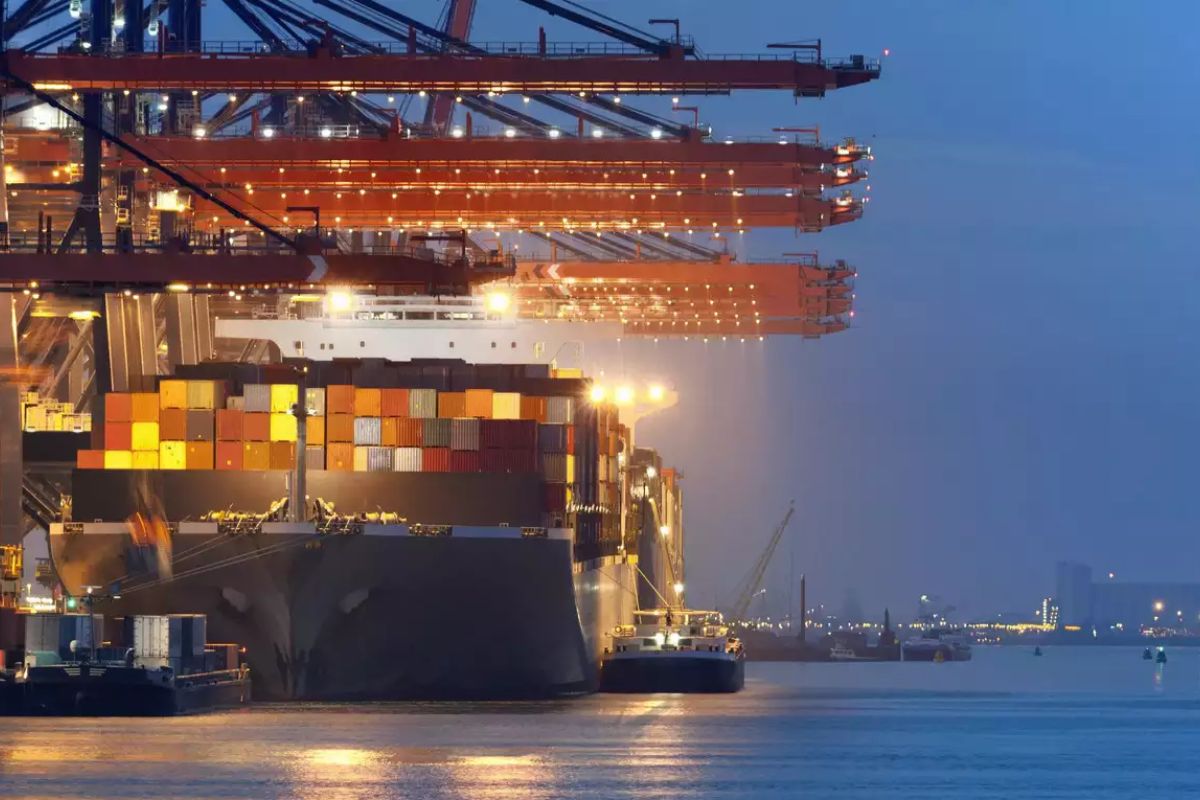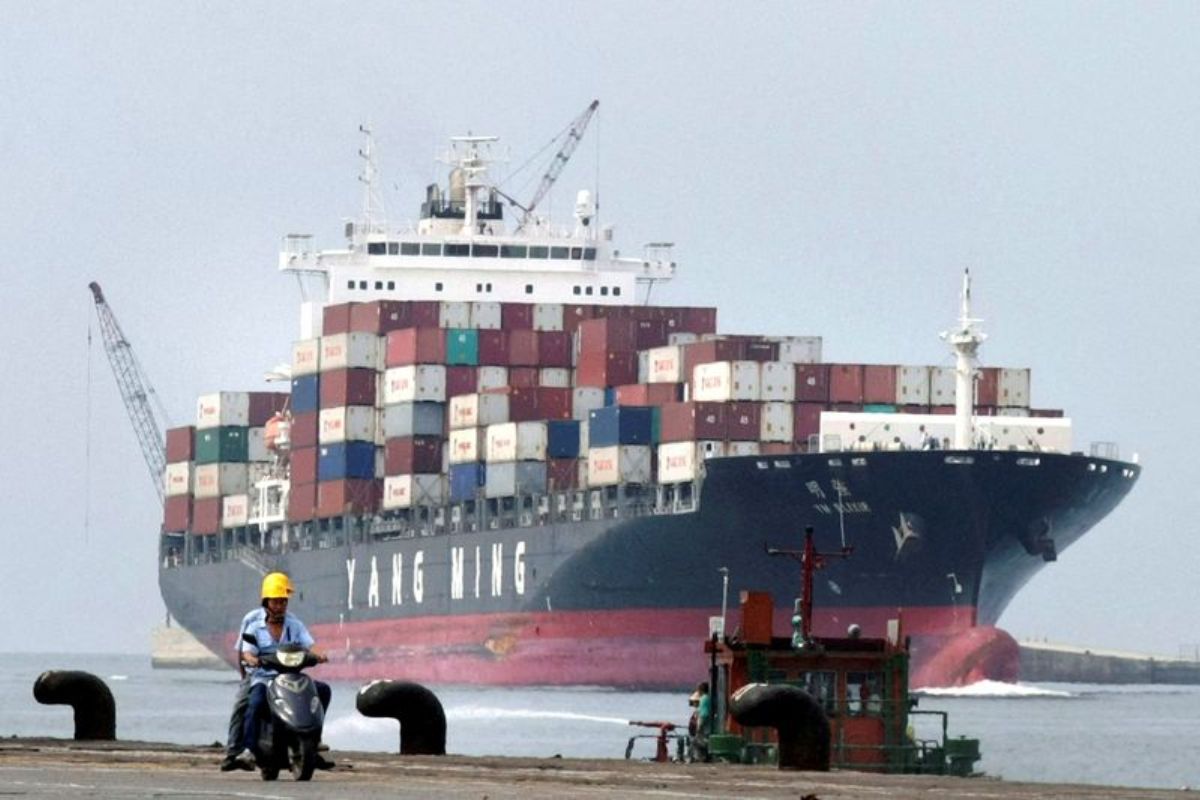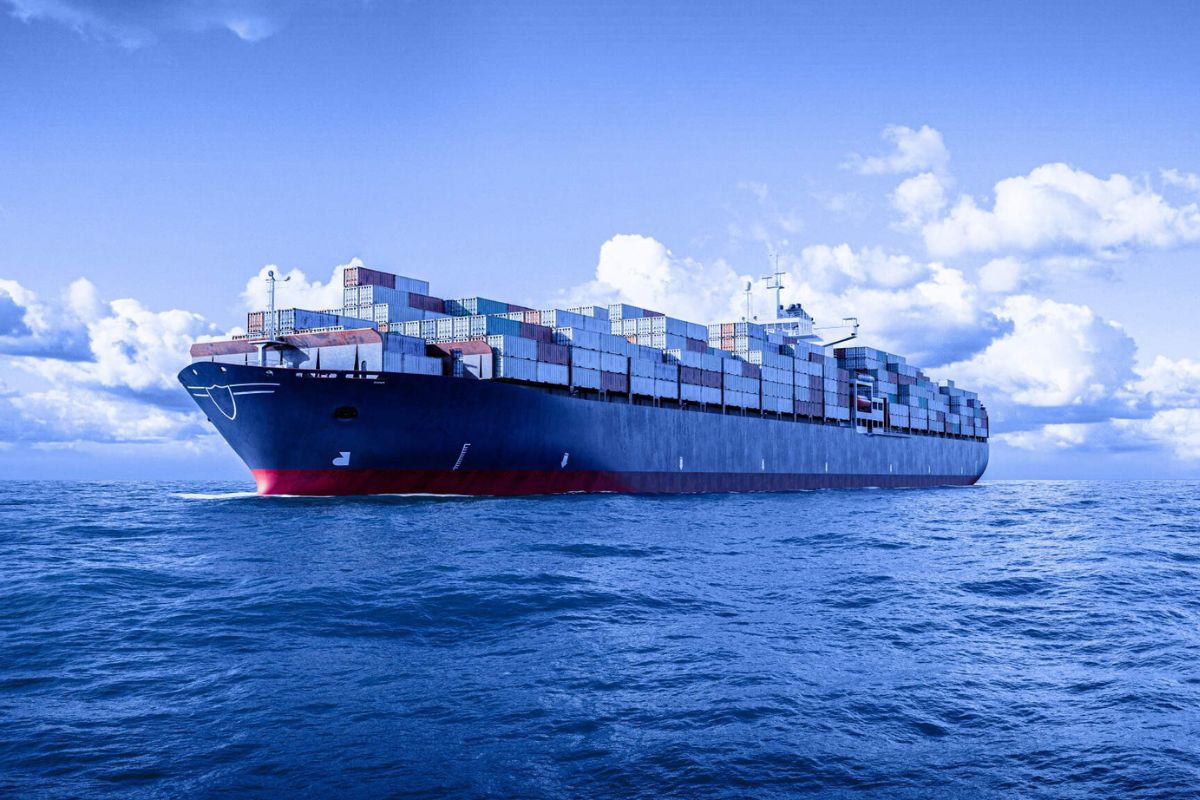Global Shipping Faces CO2 Crackdown: The global shipping industry is facing a significant shift towards accountability and environmental responsibility due to mounting pressure on reducing CO2 emissions. Key players such as the European Union, Canada, Japan, and Pacific Island states are pushing for an international shipping emissions charge, gaining significant momentum in the process.
While critics express concerns about potential economic penalties on emerging economies, proponents advocate for strict measures to address maritime emissions. As debates continue and alternative proposals emerge, the industry finds itself at a crucial juncture, where choices made today will have a lasting impact on its environmental footprint.
Amidst these intense discussions and debates, the future of global shipping is being reshaped, with stakeholders grappling with the need for change and potential compromises. The industry is at a crossroads, navigating the complexities of environmental regulations and the economic implications of reducing emissions. The ongoing dialogue underscores the urgency and importance of addressing CO2 emissions in the shipping sector, highlighting the need for collective action and innovative solutions to drive sustainable practices in maritime transportation.
Growing Support for International Shipping Emissions Charge
The surge in backing for an international shipping emissions charge signifies a significant shift towards holding the industry accountable for its environmental impact. With key players such as the European Union, Canada, Japan, and climate-vulnerable Pacific Island states throwing their weight behind the proposal, the momentum is undeniable.
The move to impose a fee on greenhouse gas emissions from the international shipping sector is gaining traction, with 47 countries showing support for the concept. This marked increase in backing, more than doubling from the previous year, highlights a growing consensus on the urgent need to address emissions from maritime transport.
The push for a charge on each tonne of greenhouse gas produced by the industry reflects a paradigm shift in how the global community views the responsibility of the shipping sector in combating climate change. The industry can no longer operate with impunity, and this newfound support for an emissions charge sets the stage for a transformative overhaul in the way shipping impacts our planet.
Debate and Challenges Surrounding the Proposal
Amidst fierce diplomatic divisions and staunch opposition from key trade-reliant nations like China and Brazil, the proposal for an international shipping emissions charge is embroiled in a contentious debate over its potential impacts. The storm of controversy surrounding this initiative has sparked a tempest of conflicting opinions and entrenched positions.
- Economic Penalties: Critics argue that implementing an emissions charge could unfairly penalize emerging economies heavily reliant on trade, potentially disrupting global commerce dynamics.
- Diplomatic Deadlock: Diplomats within the International Maritime Organization (IMO) find themselves locked in a stalemate over various aspects of the proposed measure, showcasing the immense challenges of achieving consensus on such a contentious issue.
- Environmental Imperatives: Proponents fervently stress the urgent need for stringent measures to cut emissions in the shipping industry, underlining the critical role such actions play in meeting global environmental goals and averting catastrophic climate change impacts.
ALSO READ: Houthi Attacks Disrupt Vital Shipping Route: Global Companies Navigate Troubled Waters
Alternatives and Counter-Proposals
In the midst of escalating tensions and staunch opposition surrounding the proposed international shipping emissions charge, alternative approaches and counter-proposals have emerged from countries like Brazil, Argentina, and China. These nations are advocating for a global fuel emissions intensity limit with financial penalties for breaches as a more balanced solution to curb emissions from the shipping industry. This alternative strategy aims to mitigate the economic burden on developing countries while still effectively addressing the environmental concerns associated with maritime transport.
The introduction of these counter-proposals has sparked intense debates within the international community, with proponents arguing that a pivotal approach may not be the most effective way to tackle global shipping emissions. By offering different perspectives and solutions, these countries are challenging the status quo and pushing for a more inclusive and equitable framework that considers the diverse needs and capabilities of nations worldwide.
As discussions unfold, the search for common ground becomes essential to prevent the fragmentation of regulations at the national level and ensure a unified front in addressing the pressing issue of CO2 emissions in the shipping sector.
Compromises and Future Outlook
As the global shipping industry grapples with the looming specter of emissions regulations, the potential for compromise and the future outlook appear shrouded in uncertainty and complexity.
Diplomats suggest potential compromises, such as designing the emissions charge primarily to cut emissions rather than raise revenues. This approach aims to shift the focus towards environmental benefits rather than financial gains, a concept that could revolutionize the industry’s perspective on emissions reduction strategies.
Questions linger concerning the administration and allocation of proceeds from the charge, underscoring the necessity for further negotiation to iron out these critical details. Despite these challenges, stakeholders remain cautiously optimistic about the possibility of reaching a consensus to effectively address maritime emissions and prevent the proliferation of disjointed regulations.
The industry stands at a pivotal crossroads, where decisions made today will shape the future of global shipping and its environmental impact for generations to come.
News in Brief
Global shipping faces a transformative shift towards environmental responsibility, with momentum building for an international emissions charge. Key players, including the EU, Canada, Japan, and Pacific Island states, advocate for the measure, garnering support from 47 countries. Critics cite economic penalties on emerging economies, while proponents stress the imperative to combat maritime emissions. Amid debates, alternative proposals surface, like fuel emissions intensity limits. Compromises focus on environmental benefits over financial gains. The industry stands at a crucial juncture, with decisions today shaping its environmental impact for the future.
Our Reader’s Queries
Q. How much CO2 is produced from shipping?
A. International shipping alone contributes to nearly 3% of the world’s greenhouse gas emissions. The transportation sector, encompassing shipping, accounts for approximately 20.2% of the world’s total CO₂ emissions, ranking as the second-largest contributor to global carbon pollution.
Q. What is the carbon footprint of shipping a package?
A. The carbon footprint of a small package weighing approximately 1 pound and traveling 500 miles can be as low as 0.59 kg CO2e if transported via ground. In contrast, air shipping would generate around 0.98 kg CO2e.
Q. What is CO2 in shipping?
A. Emitters are turning to ocean transport for the movement of captured carbon dioxide (CO2) to offshore storage projects, seeking flexible solutions. Rystad Energy research suggests that by 2030, a fleet of 55 carriers will be needed for this purpose.
Q. What is the carbon footprint of logistics industry?
A. In the logistics industry, a carbon footprint represents the total greenhouse gas emissions produced by all supply chain activities and operations, quantified in terms of carbon dioxide equivalent.



